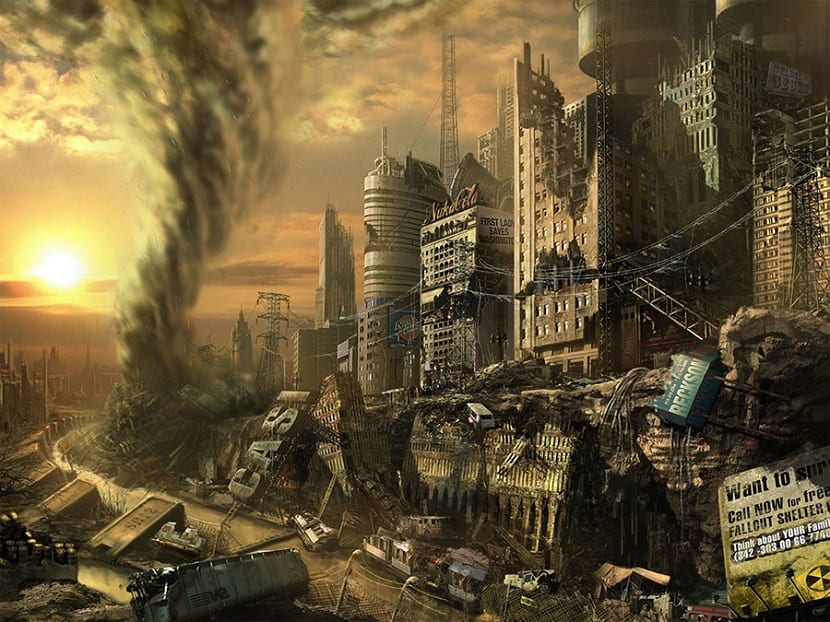
Climate change has devastating effects on our planet. Its consequences are increasing both in frequency and intensity due to an increase in the greenhouse effect.
In the history of the Earth there have been several climatic changes, however, this produced by man is the most intense. Its main cause is greenhouse gas emissions that are released into the atmosphere by our industrial, agricultural, transportation activities, etc. However, climate change does not affect all countries equally since it works depending on the characteristics of the ecosystems and the heat retention capacity of each greenhouse gas. Do you want to know more about it?
Factors that affect the climate
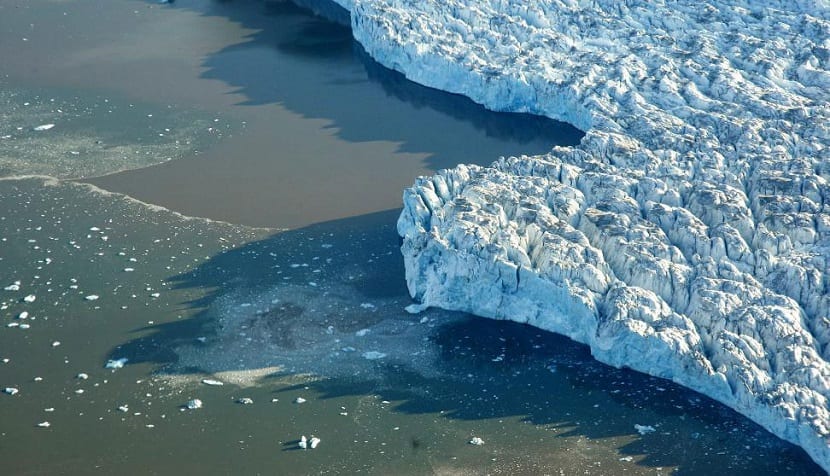
As we know, the greenhouse effect is natural and totally necessary for life on our planet. It is a balanced system of energy transfer and transformation in the atmosphere, the earth's surface and the oceans. Thanks to the greenhouse effect, the Earth's climate remains stable and with an average temperature that makes it habitable. This stability occurs because the amount of energy that the Earth receives it is equivalent to the one it gives off. This causes a fairly balanced energy balance.
However, due to human beings and our activities that emit greenhouse gases into the atmosphere, this energy balance becomes unbalanced. When the total energy that is stored is greater, a heating occurs and when it is the other way around, a cooling. In our case, we can easily deduce that the amount of energy retained by the Earth is much greater than that released by greenhouse gas emissions that retain heat in the atmosphere.
The concentration of greenhouse gases has increased in the atmosphere since 1750 with the start of the industrial revolution. That is when the burning of fossil fuels such as coal and oil began to feed the combustion engines of industries and transportation. These uncontrolled emissions of greenhouse gases into the atmosphere are causing a positive energy balance in the Earth-atmosphere system. That is to say, more heat is retained than is returned to outer space.
Natural fluctuations in climate

Many people associate cyclical or other climatic events of various kinds with climate change. It is true that climate change increases the frequency and intensity of extreme meteorological phenomena, but climate changes caused by these imbalances in energy balances should not be confused with natural fluctuations in the climate.
In fact, to show that this is true, it must be mentioned that, even in periods when the climate is relatively stable, the systems that make up the terrestrial climate they fluctuate naturally. Typically, these fluctuations are called oscillations because they oscillate between two main states.
These oscillations can have great relevance and impact on the climate both regionally and globally. The best known examples of these oscillations are The boy and the girl. El Niño causes a noticeable warming of the ocean surface in the central and eastern equatorial Pacific, lasting three or four. When the temperature of this oceanic region falls below normal levels, the phenomenon is called La Niña.
What does climate change affect?
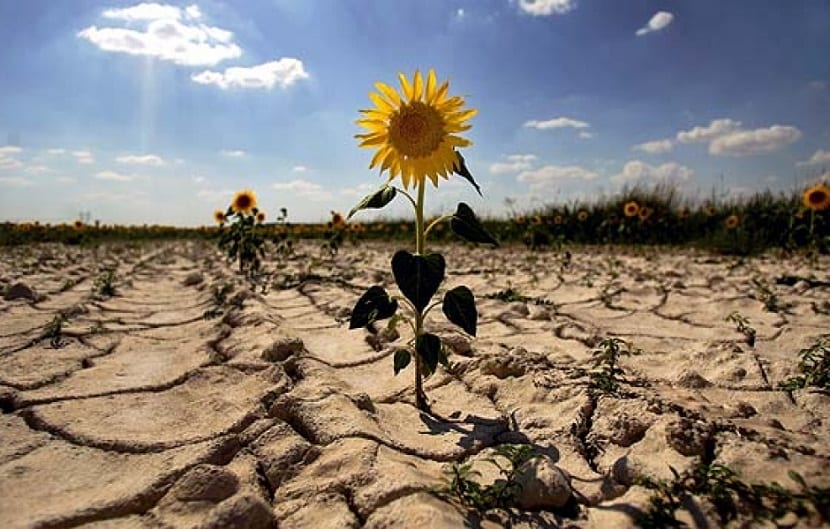
Climate change has various effects that are causing different impacts on:
- The ecosystems: Climate change attacks ecosystems, reducing biodiversity and making it difficult for many species to survive. It also alters carbon storage in the cycle and fragments the habitats of each species. Fragmented habitats are great dangers that animals and plants have to face and that, at times, can mean the extinction of the species.
- Human systems: Due to the adverse effects it has on the atmosphere, rainfall, temperatures, etc. Climate change attacks human systems causing loss of performance in agriculture. For example, many crops are damaged by extreme droughts or cannot be grown due to high temperatures, a crop rotation is needed, pests increase, etc. On the other hand, the drought increases the shortage of drinking water for irrigation, supplying cities, washing streets, ornamentation, industry, etc. And for the same reason, it causes damage to health, the appearance of new diseases ...
- Urban systems: Climate change also affects urban systems causing transport patterns or routes to be modified, new technologies have to be improved or installed in buildings, and in general it affects lifestyle
- Economic systems: What to say about economic systems. Obviously, changes in the climate affect energy production, manufacturing, industries that use natural capital ...
- Social systems: Climate change also affects social systems causing changes in migration, leading to wars and conflicts, breaking equity, etc.
As we can see, climate change is something that affects us in our daily lives and around us.
Greenhouse gas retention capacity
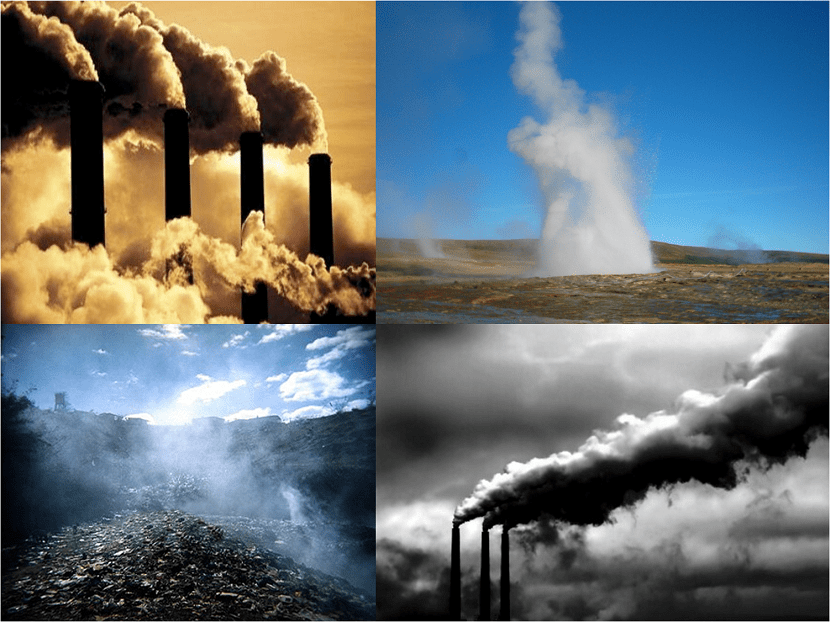
Once we have analyzed how climate change affects us, we are going to focus on which gases are emitted the most and their power to retain heat. This is important to know since the more we know about these gases, the more aspects we can try to reduce the increase in the greenhouse effect.
Greenhouse gases (GHG) are trace gases in the atmosphere that absorb and emit long-wave radiation. They surround the Earth naturally and, without them in the atmosphere, the planet's temperature would be 33 degrees lower. The Kyoto Protocol approved in 1997 and entered into force in 2005, it included these seven greenhouse gases as the most important:
- Carbon dioxide (CO2): Each greenhouse gas has been given a unit based on the heat retention capacity in the atmosphere. That unit is called the Global Warming Potential (GWP). CO2 has 1 CFM and its emissions correspond to 76% of total emissions. Half of the CO2 that is emitted into the atmosphere is absorbed by the oceans and the biosphere. The rest of the CO2 that is not absorbed remains in the atmosphere for one hundred or thousands of years.
- Methane (CH4): Methane gas is the second most important greenhouse gas, contributing 16% of total emissions. Its PCM is 25, that is, it retains 25 times more heat than CO2, although its concentration in the atmosphere is much lower. Its life cycle is shorter, it barely lasts about 12 years in the atmosphere.
- Nitrous oxide (N2O): It is a greenhouse gas responsible for 6% of all emissions. It has a GWP of 298, although it must be said that 60% of N2O emissions into the atmosphere come from natural sources such as volcanoes. It has a life cycle of about 114 years.
- Fluorinated gases: Its heating and heat retention potential can be 23.000 times more powerful than that of CO2. They remain in the atmosphere for up to 50.000 years.
Observed Changes in Earth's Annual Precipitation
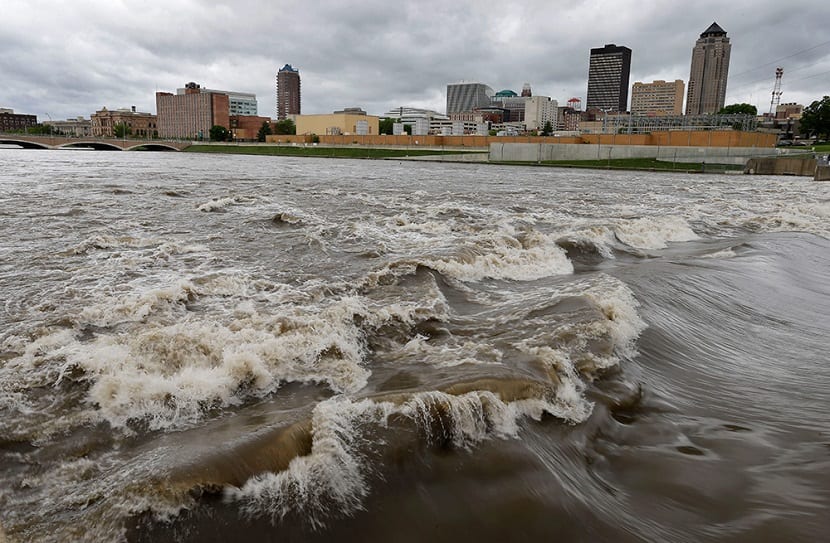
Observations show that there are currently changes in the amount, intensity, frequency and type of precipitation. These aspects of precipitation generally show great natural variability; and phenomena like El Niño and other natural fluctuations in the climate have a notable influence.
Over the past century, however, there have been pronounced long-term trends in the amount of precipitation, significantly more abundant in eastern parts of North and South America, northern Europe, northern and central Asia, but rarer. in the Sahel, southern Africa, the Mediterranean and southern Asia. In addition, it has been observed a general increase in phenomena of heavy rainfall, even in places where the total amount of precipitation has decreased.
Impact of climate change in Africa
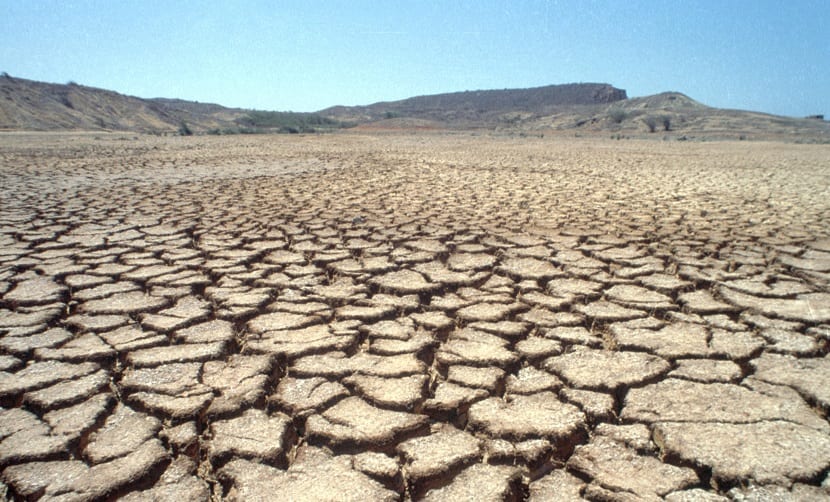
Africa is one of the continents most vulnerable to climate change. Most of Africa will receive less rainfall, and only the central and eastern region will experience increased rainfall. It is estimated that there will be an increase in arid and semi-arid lands in Africa between 5% and 8% until 2080. People will also suffer increased water stress due to droughts and water shortages caused by climate change. This will damage agricultural production and access to food will become increasingly difficult.
On the other hand, rising sea levels will affect large cities located in low-lying coastal areas, such as Alexandria, Cairo, Lomé, Cotonou, Lagos and Massawa.
Impact of climate change in Asia

Impacts other than Africa will be seen in Asia. For example, the melting of glaciers will increase floods and rock avalanches, and affect the water resources of Tibet, India and Bangladesh; This in turn will cause a decrease in the flow of rivers and the availability of fresh water, as the glaciers recede. In the year 2050, more than 1000 billion people could suffer from water shortages. Southeast Asia, and especially overcrowded large deltas regions, are at risk of flooding. Around 30% of coral reefs in Asia are expected to disappear in the next 30 years due to various pressures and climate change. Changes in rainfall will lead to an increase in diarrheal diseases, mainly associated with floods and droughts.
It can also increase the range of the malaria mosquito and thus affect more Asian populations.
Impacts of climate change in Latin America
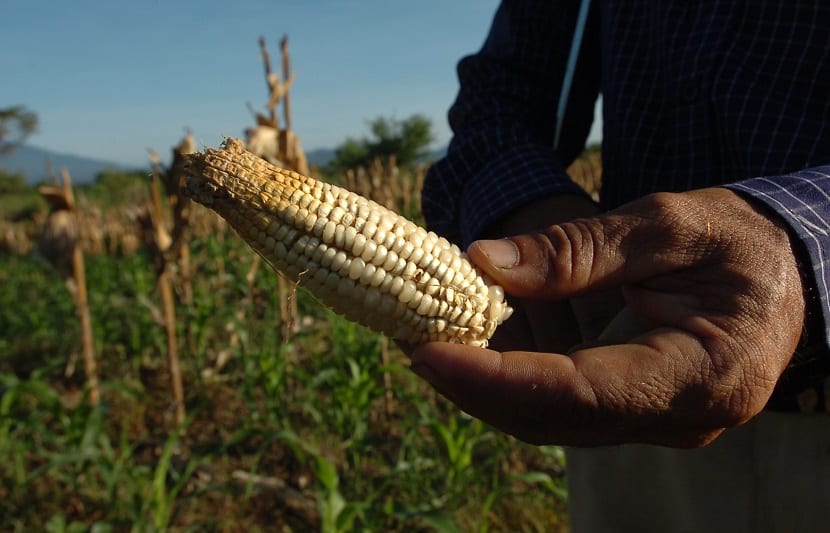
The retreat of the glaciers in this area and the consequent decrease in rainfall can lead to a decrease in the water available for agriculture, consumption and energy generation. With the scarcity of available water, the productivity of food crops would also decrease and this would lead to problems in food security.
Due to the extinction of many tropical areas, Latin America could experience a significant loss of biological diversity. The decrease in soil moisture is expected to cause a gradual replacement of tropical forests by savannas in eastern Amazonia. Another endangered ecosystem located in the Caribbean is coral reefs, which are home to many living marine resources. Rising sea levels will increase the risk of flooding in low-lying regions, particularly in the Caribbean.
Impact of climate change on small islands

Many small islands, for example in the Caribbean and the Pacific, will experience a reduction in water resources to the point that they will be insufficient to meet demand in periods of low rainfall. Sea level rise will cause salt water infiltration into fresh water resources and thus it will no longer be drinkable. As well Rising sea levels are expected to intensify flooding, storm surges, erosion and other dangerous coastal phenomena, posing a threat to vital infrastructure, settlements and facilities necessary for the survival of island communities. Deteriorating coastal conditions and coral bleaching will reduce the value of these regions as a tourist destination.
As you will see, climate change affects different areas in different ways but it has something in common: it destroys everything in its path.